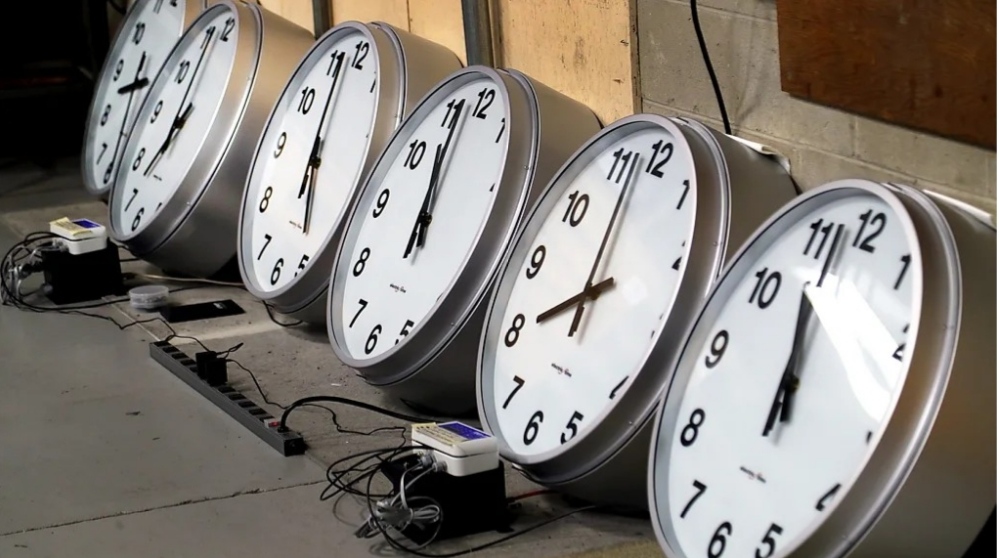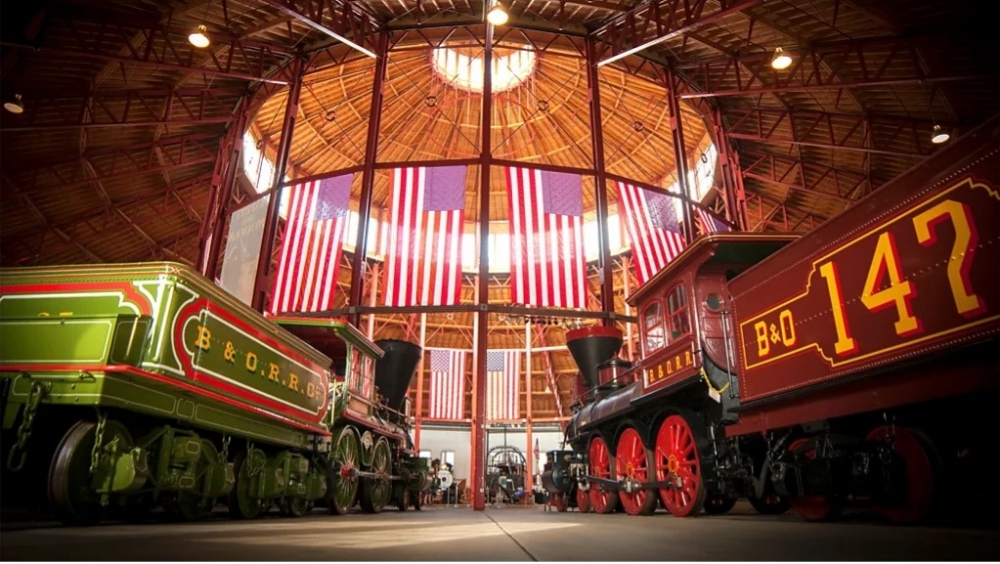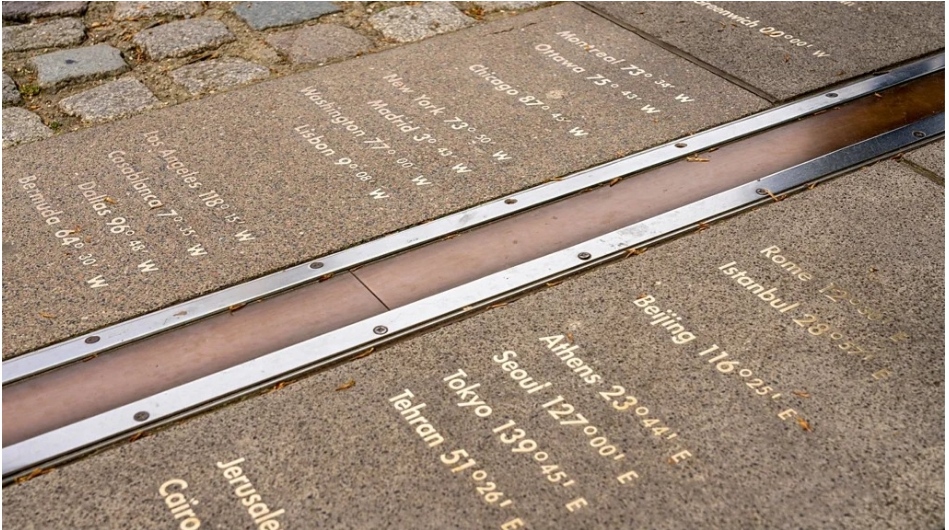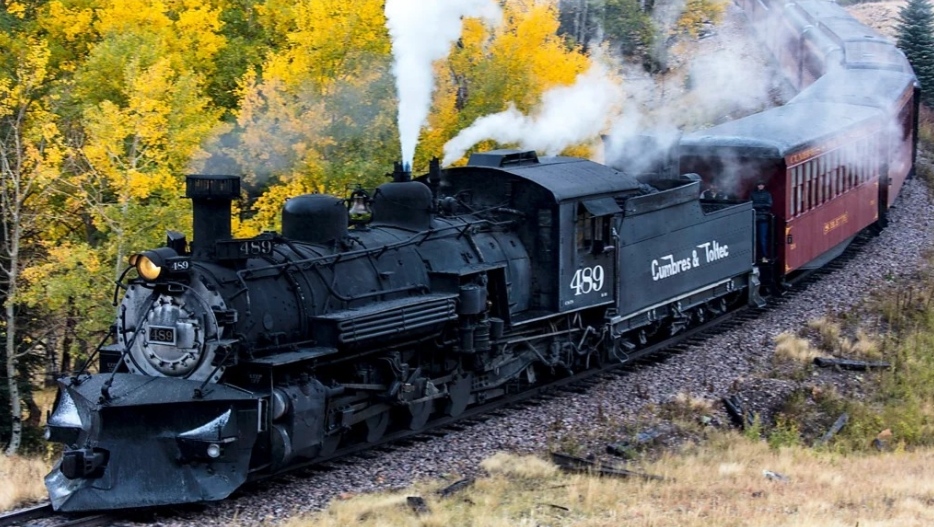How railroads inspired the creation of time zones?

The invention of railroads ushered in a new era of land travel, and forever changed the way humans perceive time.
India had a prime meridian of its own centuries ahead of the Greenwich meridian and it is called “Madhya Rekha”, which passes through the city of Ujjain in Madhya Pradesh.
Finally the new Class-6 NCERT textbook for social science is talking about this.”The Greenwich Meridian is not the first prime meridian. There were others in the past.
In fact, many centuries before Europe, India had a prime meridian of its own! It was called Madhya Rekhā (or ‘middle line’) and passed through the city of Ujjayinī (today Ujjain), which was a reputed centre for astronomy over many centuries. “Varāhamihira, a famous astronomer, lived and worked there some 1,500 years ago.
Indian astronomers were aware of the concepts of latitude and longitude, including the need for a zero or prime meridian. The Ujjayinī meridian became a reference for calculations in all Indian astronomical texts,” the textbook reads.
India, China, Japan and most in Asia, Africa and indigenous people in the America’s measured time based on sunrise. However the course Europeans for millennia’s, measured time based on the placement of the Sun, with midday (or “high noon”) determined by when the Sun was highest in the sky over that particular village or town.
Mechanical clocks eventually started replacing sundials in Europe in the Middle Ages. European Towns would set their clocks by gauging the position of the Sun, leading every city to operate on a slightly different time.
This method lasted well into the 1800s, when there were at least 144 different time zones in North America now populated largely by White Europeans.
On this day of 18 Nov in 1883, railroad companies in the United States and Canada transformed time in both countries, leading to the ground-breaking concept of time zones around the world.
Since many people didn’t travel especially long distances from their homes throughout history of American colonies (generally as far as a horse, camel or wagon could carry them on land) this rudimentary form of timekeeping didn’t cause much of a problem – that is, until the advent of the railroad.
According to Jon Goldman, chief curator at the B&O Railroad Museum in Baltimore, Maryland, in the mid-1800s, as trains became increasingly popular in the US and Canada and railroads began carrying more passengers and freight across the continent, the need to create a more coordinated timekeeping system wasn’t just an issue of efficiency but national safety.

The first telegraph was sent from the US Capitol building to what is now the site of the B&O Railroad Museum (Credit: B&O Railroad Museum)
“The existence of different local time zones created major problems for the railroad,” he explained. “At best, people might miss their train; at worst, trains were more likely to collide when using a single track.
“During this time, the UK – which birthed the modern railway in 1825 – had already experienced a very similar issue.
As railroads began to better connect cities and towns to one another, it became apparent that stations couldn’t keep listing dozens of arrival and departure times for each train based on local time zones.
By 1847, all British railway companies had adopted a single standard “Railway Time” time across their networks.
The new timekeeping method (now known as Greenwich Mean Time) was adopted nationwide in 1880, making the UK the first country to standardise time in present era.

The Royal Observatory, home of Greenwich Mean Time is also the site of London’s only planetarium (Credit: Alamy)
Greenwich Mean Time is effectively, the average or “mean” time when the Sun crosses the Prime Meridian at the Royal Observatory Greenwich.
Today, travellers can still visit the so-called “Centre of Time” at the observatory in London and straddle the imaginary Prime Meridian line where the eastern and western hemispheres meet.
Standardising time across Great Britain improved efficiency, reduced the amount of rail accidents and helped passengers make their connections.
As a result, it didn’t take long before this idea spread to North America. But unlike the UK a very small country by size only had to standardise time across a country, the US and Canada needed to figure out a way to standardise time across an entire continent.
In 1879, a Canadian rail engineer named Sir Sanford Fleming came up with a revolutionary idea after missing a train: the creation of time zones.
On 18 November 1883, the US and Canadian railroad industries adopted Fleming’s idea, but because of the sheer size of the North American continent, it was decided that four major time zones would be created: Eastern, Central, Mountain and Pacific time – each of which remain relatively unchanged to this day.

Travel by train is once again on the rise in destinations around the world (Credit: Getty Images)
“With a new unified time zone system, railroad accidents were far less likely to occur,” Goldman explained.
A year later, Fleming helped convene the International Prime Meridian Conference in Washington DC, where the Greenwich Meridian was selected to be the common zero of longitude and the standard of reckoning time throughout the world.
In North America, local towns and cities, eager for the prosperity and opportunities brought by the railroad, were quick to adopt their continent’s new time zones.
The US federal government, however, was a bit slower and fully adopted these new time zones in 1918.
Time is just one of many cultural transformations ushered in by the advent of rail travel.
As railroads helped to spread people and ideas across the globe, there became a growing need to communicate across vast distances as well.
It’s no coincidence that the very first electronic message, a telegraph, was sent from the US Capitol Building to Mount Clare rail station in Baltimore, which is now the site of the B&O Railroad Museum.
Today at the museum, visitors can see dozens of restored trains, learn more about train travel as part of the Underground Railroad and even ride the Mile One Express, which travels along the first mile of commercial railroad track ever laid in the US.
And as the UK counts down the minutes, hours and days until 2025, when nationwide events are scheduled as part of the 200th anniversary of the birth of the modern railroad, there’s never been a better time to ponder how the coordinated scheduling of time on planet got controlled by GMT on this day.Original Article by Lynn Brown




